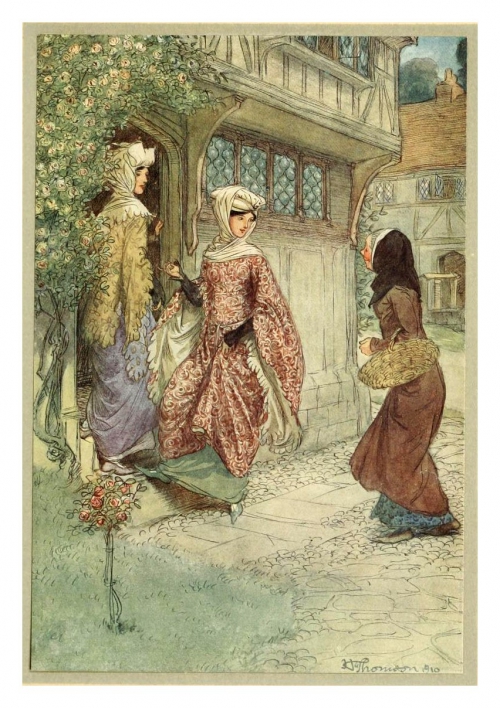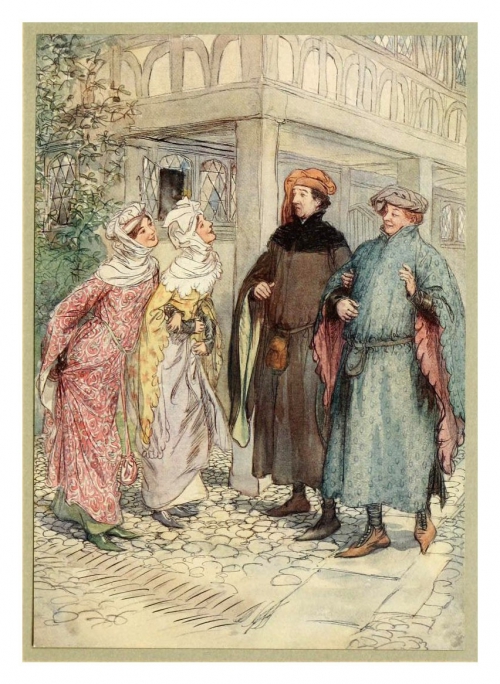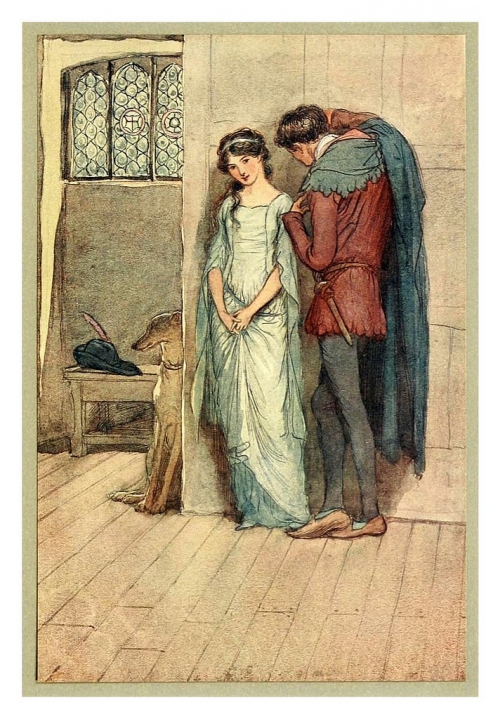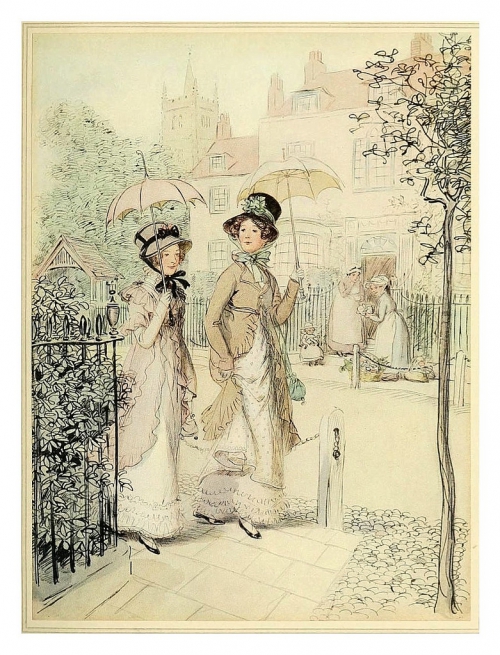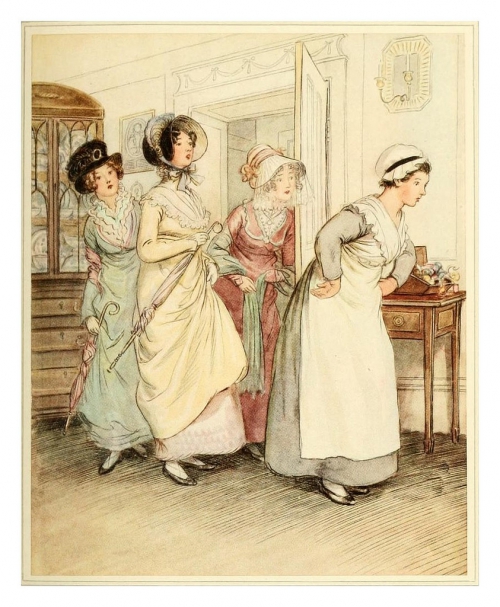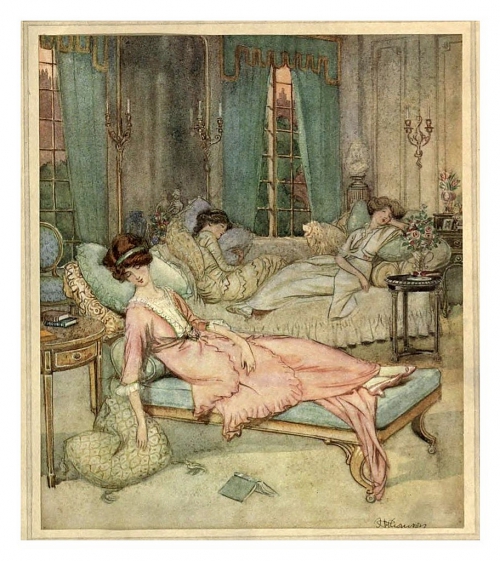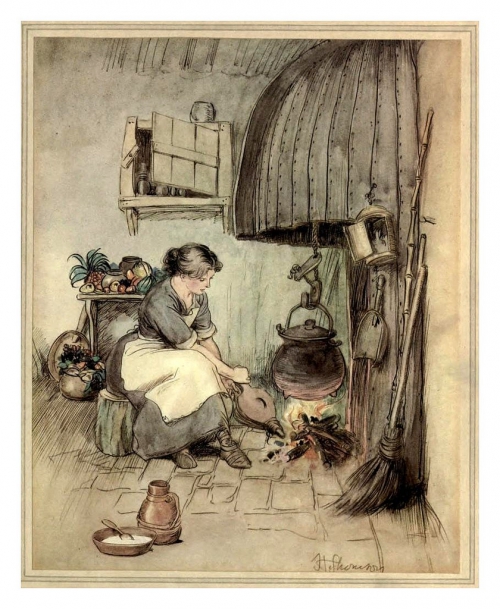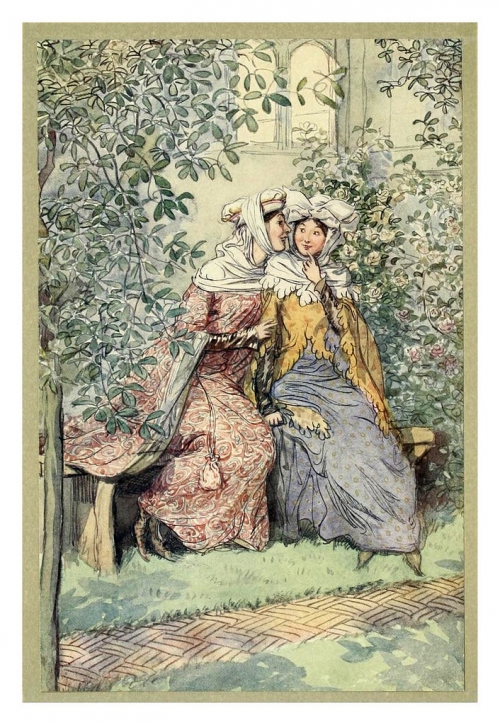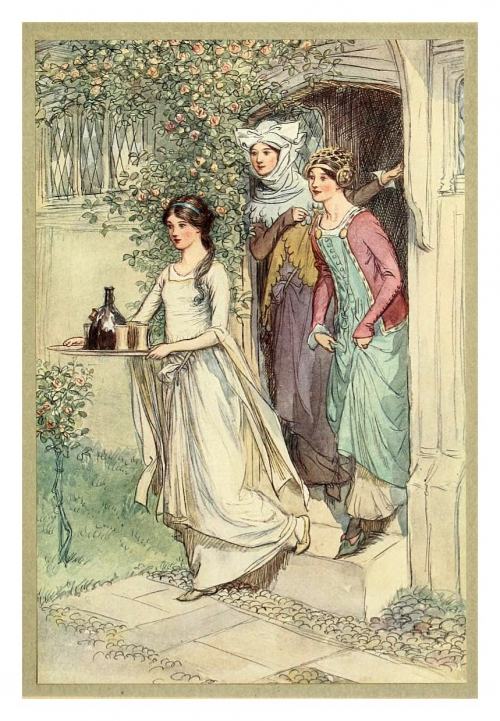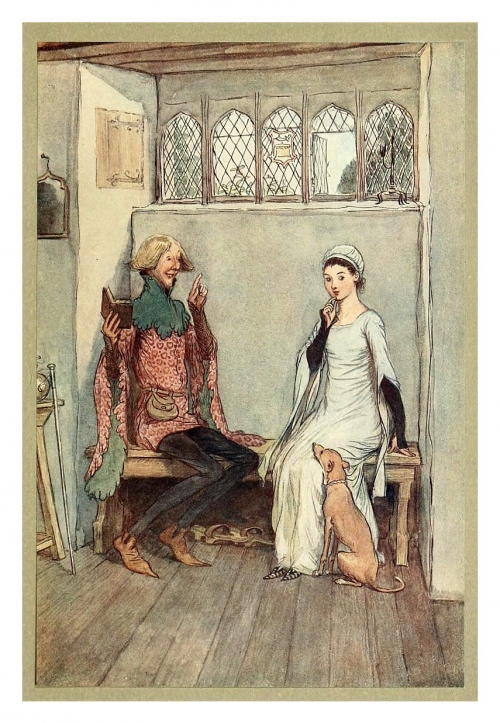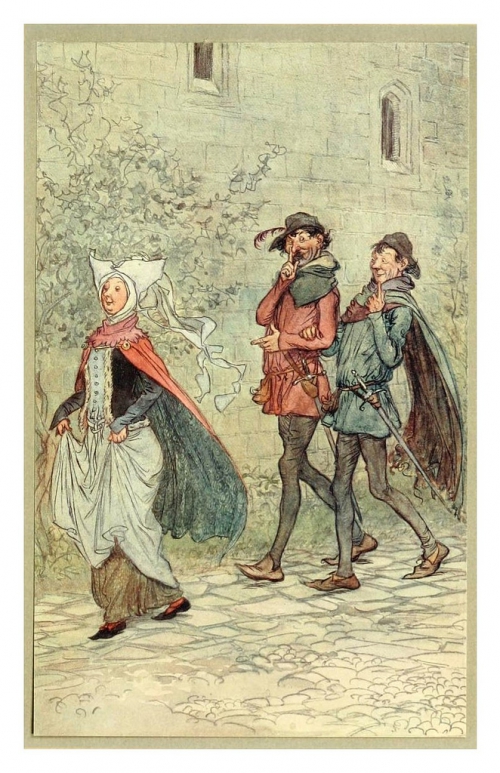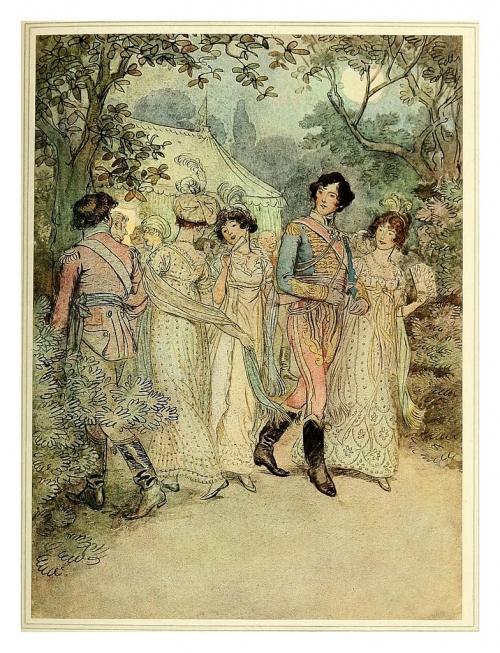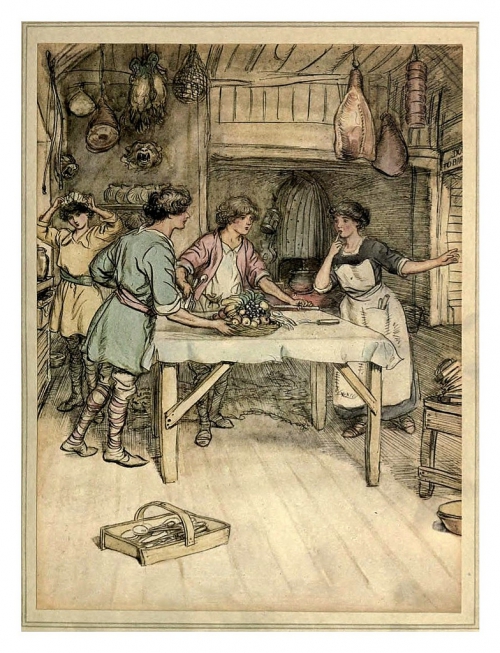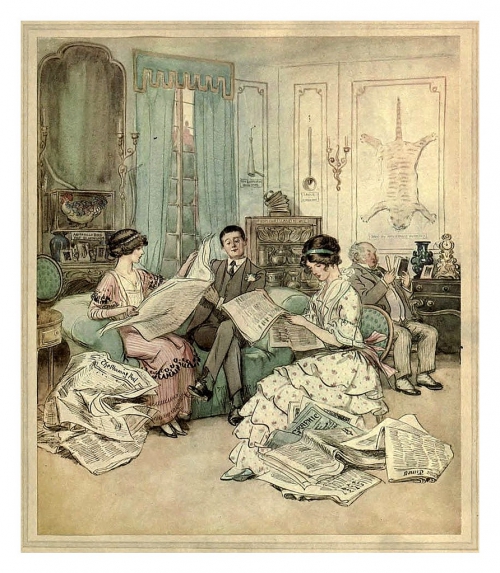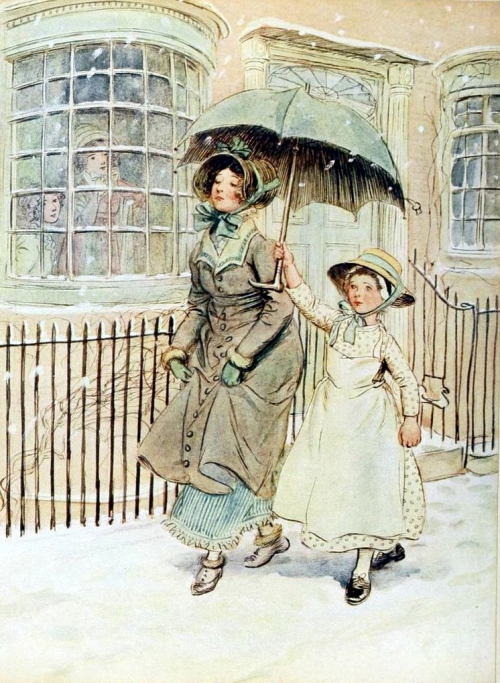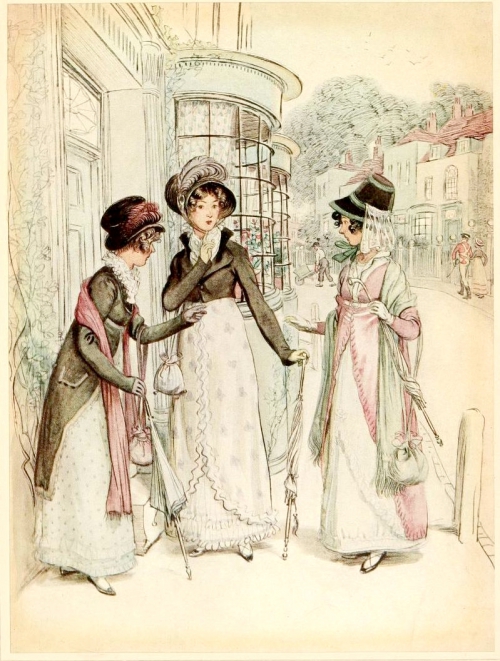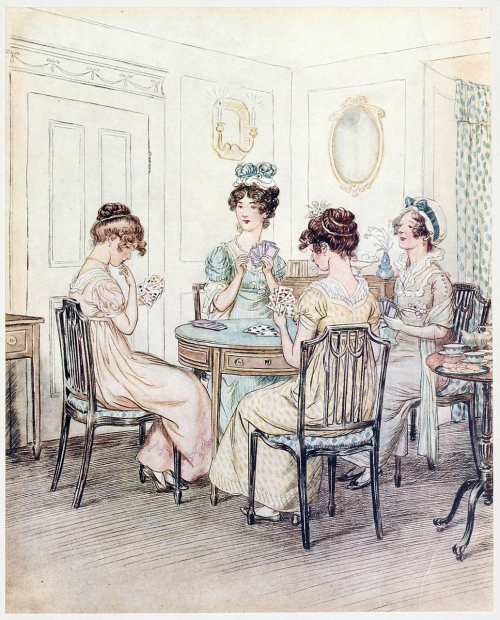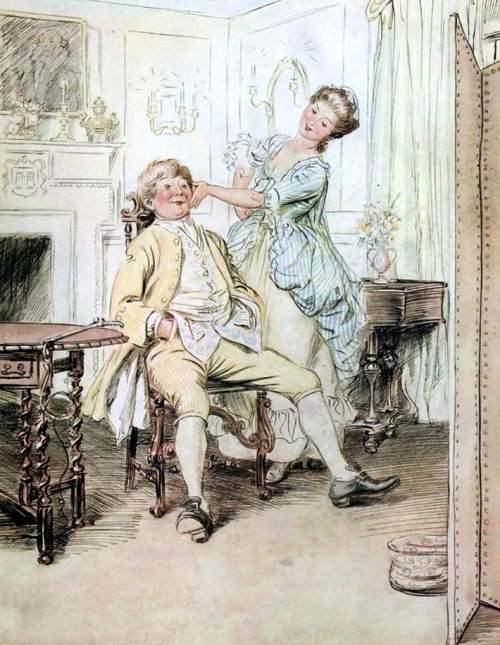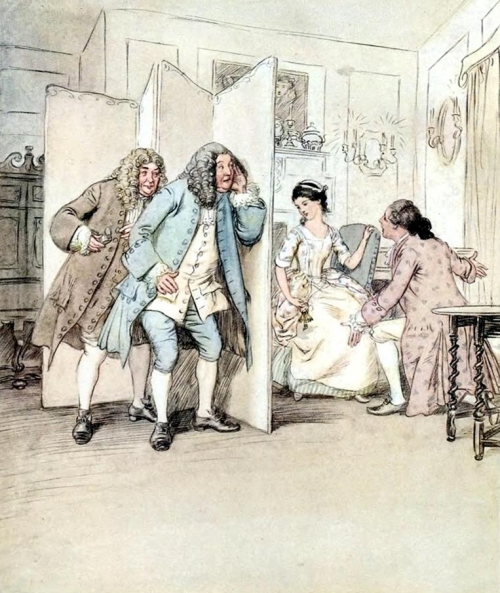Hugh Thomson, 1860—1920 (25 works)
Hugh Thomson (1860-1920) was an Ulster illustrator. Considered (along with Arthur Rackham and Edmund Dulac) one of the three best illustrators of books in the Edwardian style.
He was self-taught and received almost no special education.
In his youth, he worked as a messenger for the textile merchants Gibbons and Sons.
At the age of 14, in Belfast, he was apprenticed to the printing house of a small publishing house, Marcus Ward & Co, which produces calendars and greeting cards, and there he began drawing for the first time with the approval and support of the owner of the company. Illustrator John Vinycomb helped Thompson develop his talent, the features of which were attention to detail, the ability to use various visual media, a unique ability to capture the characters of people, the details of the interior and the surrounding world.
Among other things, he masterfully mastered the technique of watercolor.
In 1884, he married Jessie Naismith Miller and moved to London where he joined the publishing house Macmillan and Co. He illustrated a series of historical books, agricultural brochures, and English coaching manuals. Collaborated with The English Illustrated Magazine. He illustrated the works of many Victorian writers, including: Charles Dickens, Oliver Goldsmith, Elizabeth Gaskell, R.B. Sheridan, Robert Buchanan K., George Eliot, William Thackeray. From 1894 to 1898, he illustrated five novels by Jane Austen: Pride and Prejudice, Mansfield Park, Persuasion, Emma, and Sense and Sensibility.
The illustrations for Austen's last two novels were modeled on the artist's second wife, Catherine.
Thompson died of heart disease at his home, 8 Patten Road, Wandsworth Common, on 7 May 1920.
The artist’s creative legacy continued to live actively, in particular, thanks to his illustrations for a popular comedy from English life in the 19th century. James Barry's "Quality Street" ("Quality Street", 1901), which for many years adorned boxes of Quality Street chocolates.

